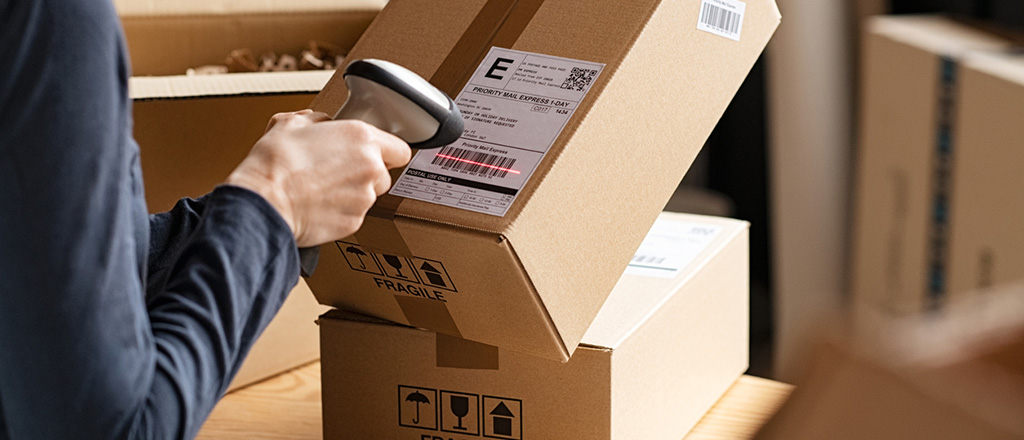Americans return about 30% of their online purchases, costing retailers billions of dollars and creating mountains of environmental waste. Gad Allon, a Wharton professor of operations, information and decisions, wants to change that.
He’s working with companies and researching ways to improve the reverse supply chain. He also believes that raising consumer awareness is key to reducing the massive rate of returns.
“During your holiday shopping, do your part to stem return culture by choosing carefully and aiming to buy for keeps,” Allon wrote in a syndicated editorial. He joined Wharton Business Daily on SiriusXM to talk more about the issue.
The reverse supply chain is clunky because it lacks the efficiency of scale that is achieved in the forward supply chain, Allon explained. From manufacturing to distribution to the last mile, an entire system of logistics is activated when products are sold in quantity. But returns are processed one at a time. A sweater that was purchased in November and returned in January, for example, doesn’t have much value for the retailer. The item is likely to be resold at a deep loss, liquidated, or sent to a landfill for disposal.
“While the forward supply chain has improved a lot over the last 20 years, the backward supply chain…has not.” –Gad Allon
“Everybody’s motivated by getting it as fast as you can to the customer to get paid. All of that is not true on the way back,” he said. “While the forward supply chain has improved a lot over the last 20 years, the backward supply chain, the reverse logistics, or what people call the circular supply chain, has not.”
The pandemic-related boom in online shopping corresponds with a surge in returns. The National Retail Federation cited online returns, which more than doubled from 2019 to 2020, as the main driver in the growth of returns. Each return erodes the profit margin of the item, especially if the retailer covers the cost of return shipping. Amazon, Walmart, and other big vendors can absorb those losses to some degree, Allon said, but small businesses simply cannot afford it.
“We have to date it back to the early days of Zappos,” he said, referring to the popular online shoe and clothing retailer that offers free shipping both ways and 365-day returns. “Zappos came and changed the landscape of online shopping for an item most of us were reluctant to buy online: shoes. The moment they introduced that, everybody had to copy.”
Now, he said, consumers are conditioned to get anything they want delivered right to their door with the ability to return it, no questions asked. However, few consider the consequences on profit.
“Why do we see Amazon every place, but we don’t see small firms competing? This is the reason,” he said. “We are penalizing the small brands, we are penalizing the small firms without even realizing it.”
Saving Money and the Planet
Returns also create a hefty consequence for the environment. Allon said about 25% of returned items end up in landfills, so reducing returns will help shrink the carbon footprint created by so much waste. In addition to the toxic side effects of manufacturing, greenhouse gases are emitted from shipping back and forth.
“The point is to look at returns not so much as a transaction but rather as a holistic part of the relationship with the customer.” –Gad Allon
Allon has been advising ReturnGo, a firm that tries to help retailers improve the returns process by building some economies of scale and looking for alternatives. Asking customers to donate returns to charity or keep the items in exchange for a credit toward another purchase or a small discount are two ideas that can help the planet along with optimizing Customer Lifetime Value.
“The point is to look at returns not so much as a transaction but rather as a holistic part of the relationship with the customer,” Allon said.
He encouraged omnichannel retailers to think of omnichannel solutions for returns, pointing to Amazon as an example. An item purchased on Amazon can be returned unpackaged to Whole Foods, which is part of Amazon’s distribution system. Doing so helps Amazon generate scale in its reverse supply chain.
“If you are Amazon or Walmart, you see massive returns, but you have the data to try to funnel things within the organization,” he said. “The ones that are really getting hurt with that are the small and medium businesses that cannot match the same return policy, but they have to remain competitive.”
Allon expects to see a lot of innovation in the reverse supply chain in the coming years, with third-party firms developing viable solutions. He’s also optimistic that shoppers will realize their role in the process.
“Consumers, hopefully, will become more aware of the impact, both financially and in terms of the carbon footprint of this behavior,” he said.
—
This article first appeared in knowledge.wharton.upenn.edu
Seeking to build and grow your brand using the force of consumer insight, strategic foresight, creative disruption and technology prowess? Talk to us at +971 50 6254340 or engage@groupisd.com or visit www.groupisd.com/story

